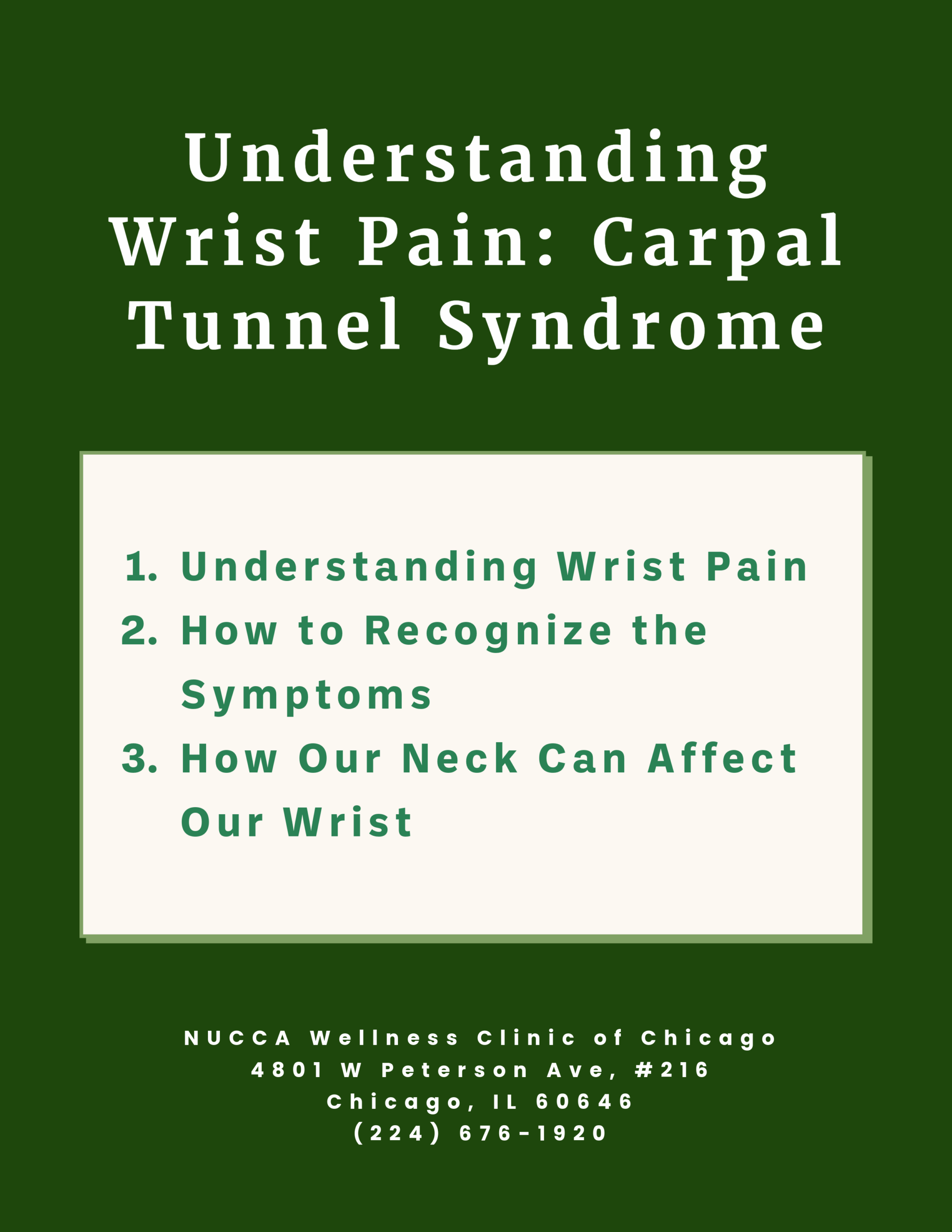
Source: wikipedia
Multiple Sclerosis (MS) occurs when a person’s immune system attacks his myelin sheath, the protective coating of the nerves. Myelin helps nerve impulses to fire correctly. Multiple Sclerosis (MS) causes disability by attacking the nervous system, leading to inflammation and damage to nerve fibers. This results in disrupted communication from the brain and spinal cord, affecting muscle control and sensation. The severity of symptoms varies with the extent of nerve damage.
What are the common early signs of Multiple Sclerosis?
Although MS is a disease with unpredictable symptoms with varying degrees of intensity, some people experience paralysis, vision loss, and diminished brain function. Please note that vision problems, tinging and numbness, pains and spasms, weakness or fatigue, balance problems or dizziness, bladder issue, sexual dysfunction, and cognitive problems can arise with varying degrees of intensity.
Inflammation affects the optic nerve that can disrupt and cause blurred or double vision. If MS affects the nerves in the brain and spinal cord, the body’s message center, it can cause numbness and tingling in the face, arms, legs, and fingers.
Brain Blood Flow and Neurodegenerative Diseases
The term chronic cerebrospinal venous insufficiency was first used by Paolo Zamboni, an Italian researcher. It refers to his findings that show a narrowing of the veins in the central nervous system. His theory goes on to explain that this may lead to large amounts of iron being deposited throughout the body, causing the myelin sheath to deteriorate. This excess of iron can even reach the tissue of the brain through the blood-brain barrier.
A study conducted recently shows that the cause of multiple sclerosis may lie either with a vascular problem or a degenerative problem. It is vital for those with MS to keep their central nervous system functioning at its optimum.
Research has revealed an interesting fact about many of those suffering from multiple sclerosis. In 90% of the cases of MS, those diagnosed recall having some sort of significant head or neck trauma in the past resulting in injury to the upper cervical spine – the top bones of the neck (C1 and C2 vertebrae). When this happens, something called the righting reflex kicks in. The body works to keep the eyes level with the horizon line, often leading to a leaning to one side or the other. The hips and shoulders may tilt, and the entire body compensates for this. Major health problems, such as the symptoms of multiple sclerosis, can result.
Upper cervical chiropractors understand the connection between a healthy neck and the health of their patients. A misalignment in one of the upper two bones of the neck vertebrae, the C1 (atlas) or C2 (axis), can cause all kinds of problems in the body. A misalignment here can place undue pressure on the brain stem and nervous system, causing them not to function properly. Blood, cerebrospinal fluid, and nerve flow can all be hindered. When this happens, symptoms of MS can become manifest.
How does a neck injury relate to Multiple Sclerosis?
While studies have explored potential connections between neck injuries and neurodegenerative diseases like MS, the current body of research does not offer conclusive evidence to support a causal relationship. However, upper cervical chiropractors think differently.
The underlying cause of this debilitating disease is not clear, and scientists believe that MS is triggered by the combination of factors such as environmental, genetic, immunologic, and/or infectious. Although there is no specific cure for MS, there is a natural way to benefit greatly for those who suffer from MS. There is a bone between the head and neck called atlas which can be displaced to contribute stress to the brainstem region.
According to an article published by Mandolesi S. in 2015, C1-C2 X-ray assessment shows that two to three times more frequent significance noted of severe anterior intrusion and right lateriality misalignment present in the people with MS and CCSVI. At this point, it is not clear that we can use C1-C2 misalignment as a specific marker for MS and CCSVI, it seems to be necessary to continue further study about this subject to improve clinical management for the patients.
Upper Cervical Research has demonstrated a strong link between the development of multiple sclerosis and an injury to the upper cervical spine. A study published in 2005 revealed that MS patients had a history of neck injury. Dr. Erin Elster, an Upper Cervical chiropractor, showed that the correction of the upper cervical misalignment may influence the progression of multiple sclerosis. According to Dr. Elster’s report in The Journals of Vertebral Subluxation Research stated, “head and neck injuries have long been considered a cause of multiple sclerosis, but this is the first research to show that the correction of those injuries can have dramatic effects on reversing MS.”
Although there is no specific cure for MS or reversing MS, upper cervical spinal misalignment, possibly involving a trauma to the head and neck, has a contributing relationship to influence on human posture and brainstem functions.
NUCCA Chiropractor in Chicago, Illinois
Dr. Chung uses a gentle, effective NUCCA procedure that allows the body to restore body balance and nerve functions. As the atlas misalignment is corrected, our body begins the natural healing process, bodily functions return to normal. Many report that MS symptoms are helped.
To find an upper cervical specialist in your area go to http://www.NUCCA.org/ or if you are in the Chicago, Illinois area, call us or click the button below to schedule a consultation:

4801 W. Peterson Ave, Ste 216, Chicago, IL 60646
401 S. Milwaukee Ave, Ste 210, Wheeling, IL 60090
C: (224) 676-1920





